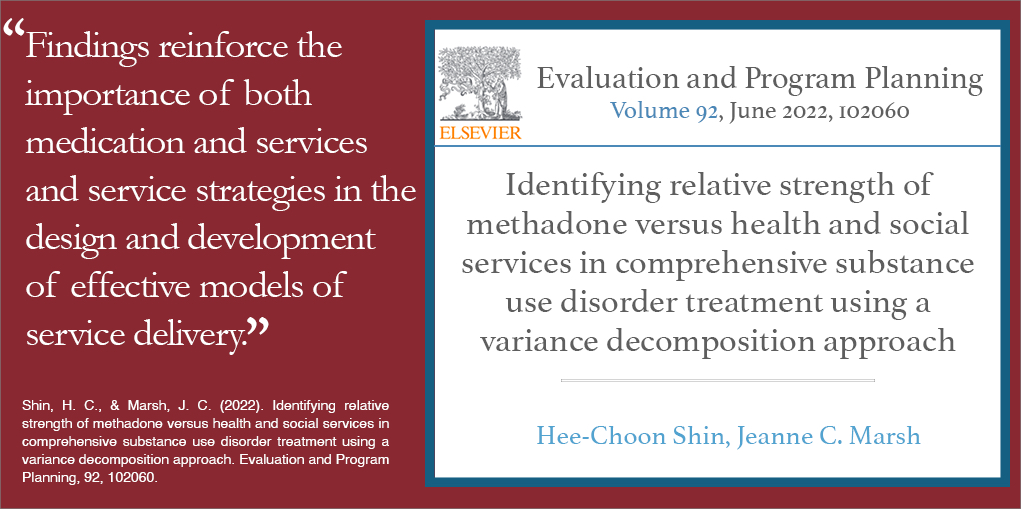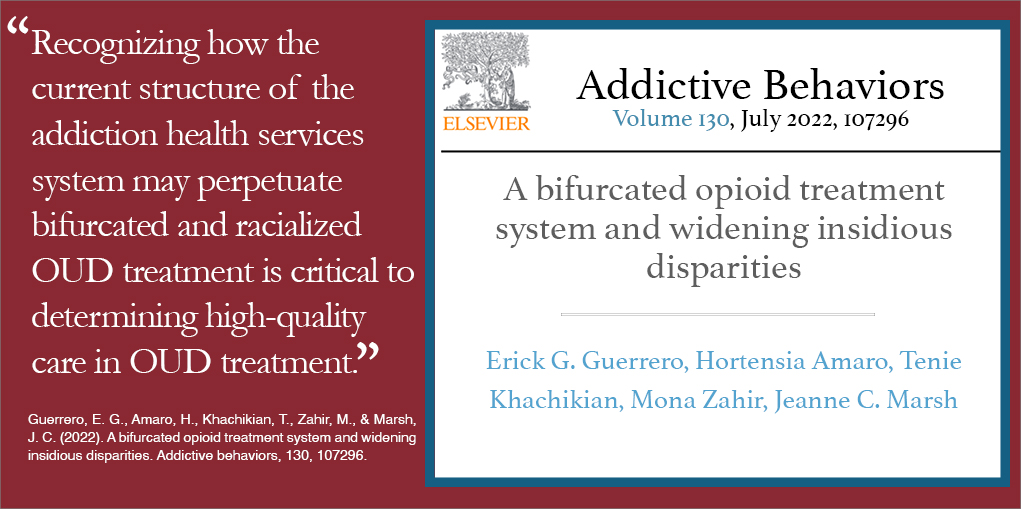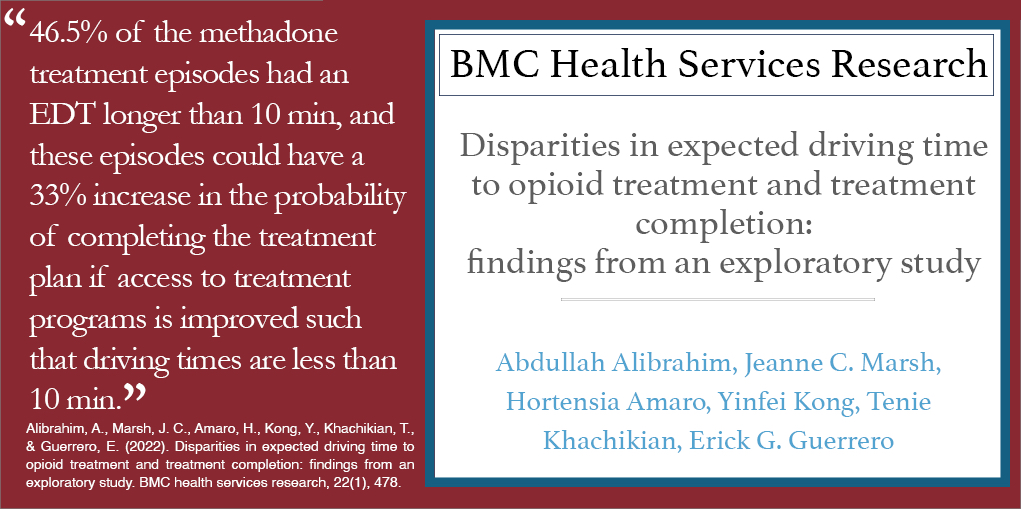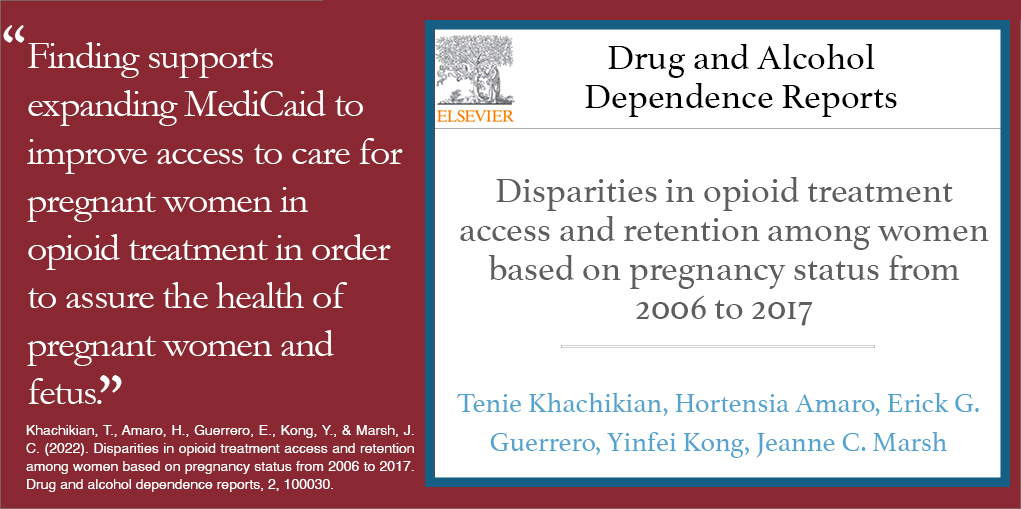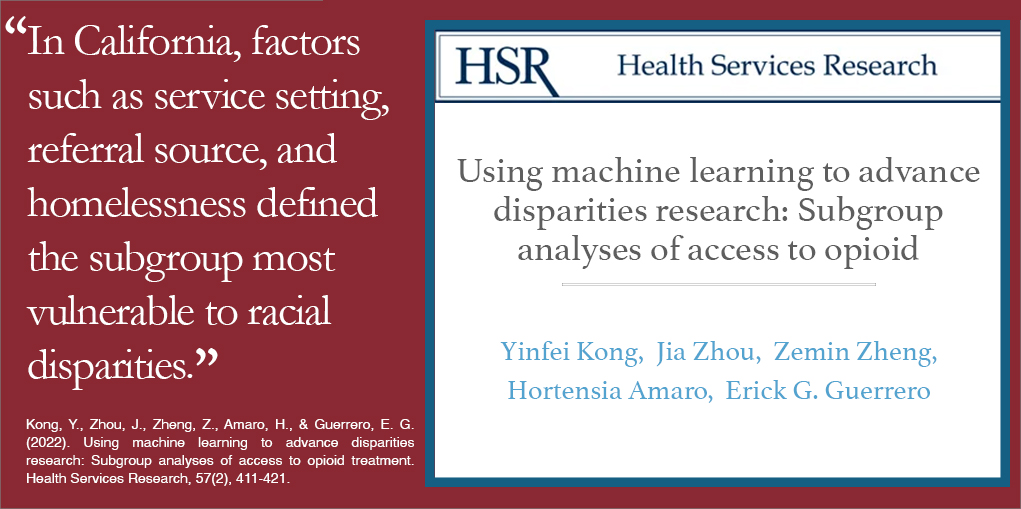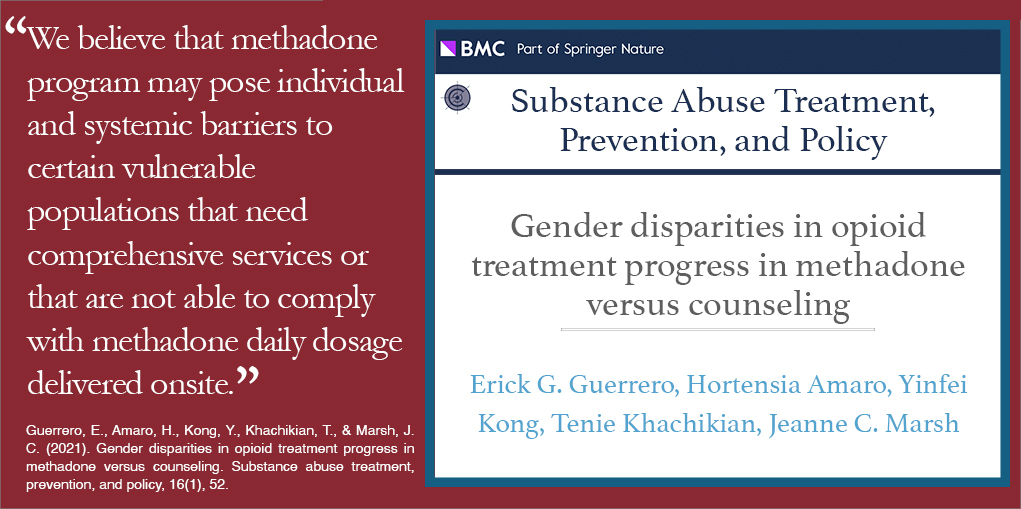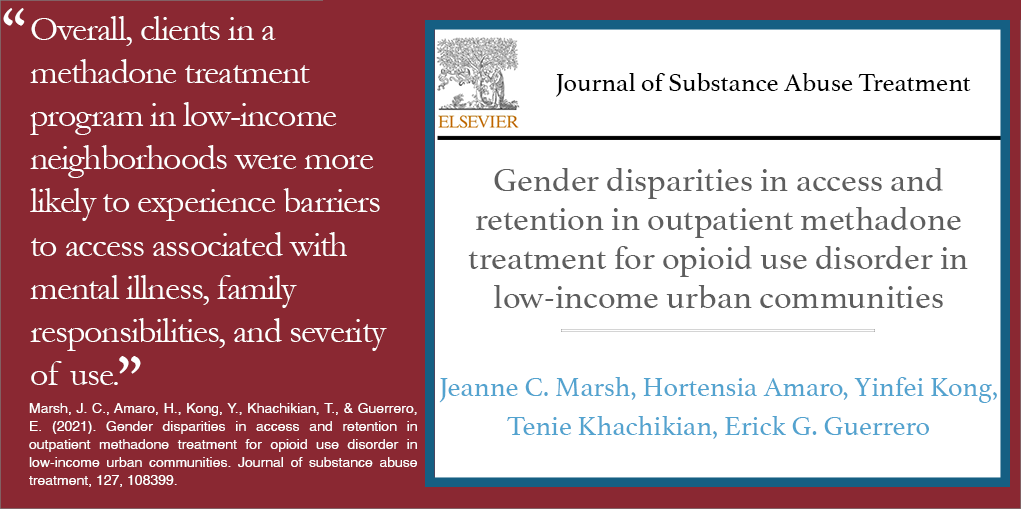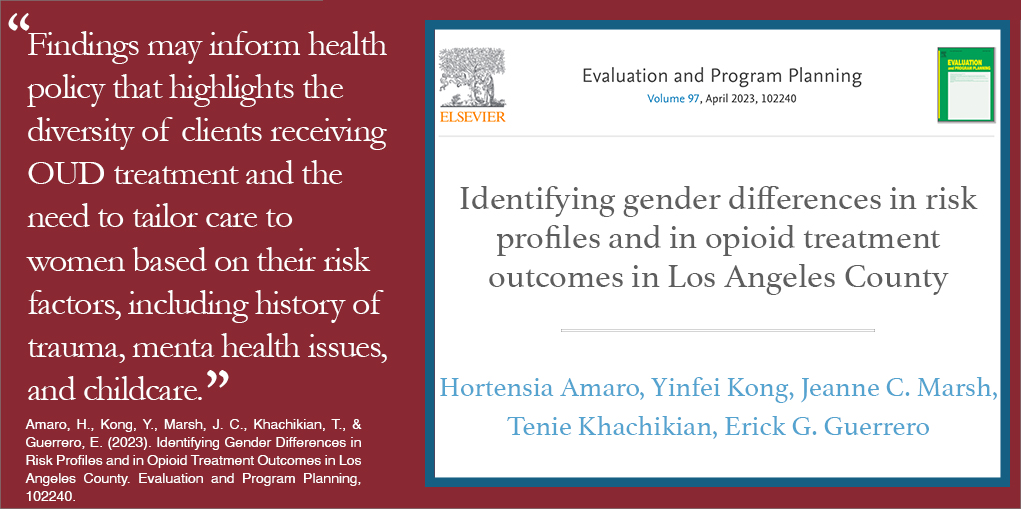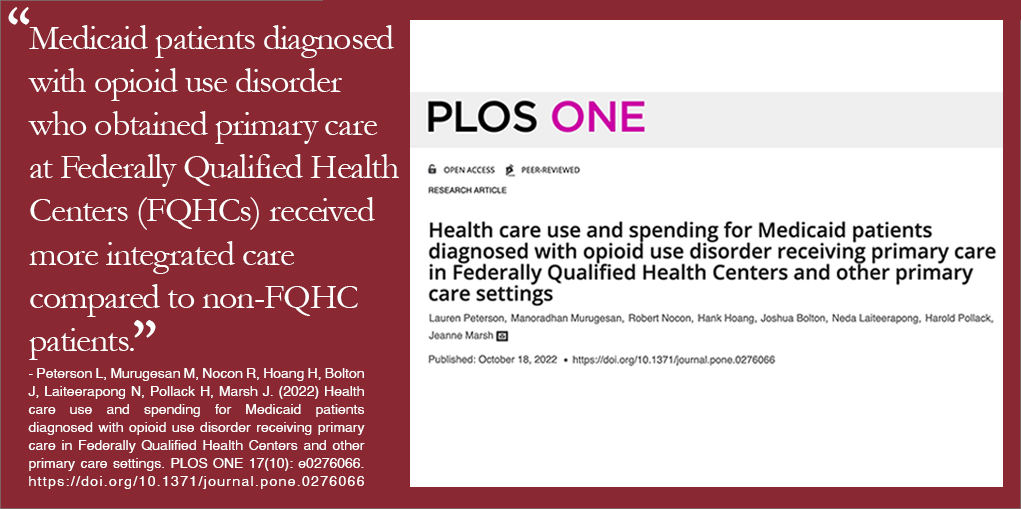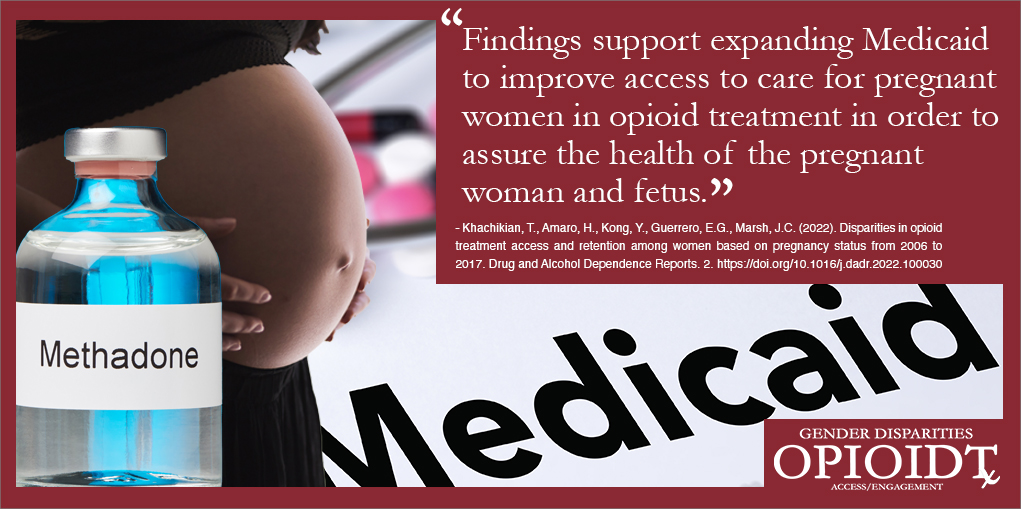Ramifications of Illicit Drug Use by United States-Mexico Transnationals: An Analysis
]The rate of illicit drug use in Mexico skyrocketed by 87 percent between 2002 and 2011 with women showing a marked increase in cocaine and cannabis use between 2008 and 2011. Numerous factors, including violence, political turbulence and drug trafficking within the country, have contributed to the public’s increased access to drugs and illegal drug activity. This has, in turn, exposed transnational communities — those that consist of Mexican migrants living in both Mexico and the United States — to greater risk. Though the drug use of this population (an estimated 22 percent of Mexicans) directly affects the US, little is known about the group’s collective drug habits. In a study published in the International Journal of Drug Policy, Dr. Erick Guerrero, Dr. Yinfei Kong and a team of international researchers explore “comprehensive Mexico–US health care policies to develop interventions that reduce the effect of drug use on migrant populations.”
Evidence suggests that transnationals (i.e. returning migrants) increase their drug usage while in the US and that transnationals’ drug usage rates exceed that of non-migrants. This is noteworthy considering 1.4 million adults and children were transnationals between 2005 and 2010. According to the National Survey of Addictions (Encuesta Nacional de Addiciones), drug use is not an offense in Mexico, but 2008 reforms defined threshold amounts for personal use and required treatment referral for those who possessed larger amounts.
Both the US and Mexico have suffered significant economic and social costs due to their populations’ substance abuse issues, with the US spending $8.7 billion for treatment research and Mexico spending $4.3 billion according to the US Centers for Disease Control. Previous research has shown that particular factors such as age, marital status, education level, gender, employment history, income, mental health issues and a history of drug use are all related to illicit drug use in Mexico. In addition, poverty, migrant status, living arrangements and social isolation are all factors that contribute to drug use for Mexican migrants. Less exposure to supervisory figures, disconnection from local communities and family separation all predispose Mexican migrants who experience more long-term US stays to more exposure to illegal drugs and/or alcohol, emotional and physical vulnerability and high-stress environments and riskier sexual behavior. Generally, Mexicans who travel to the US for short-term visits (i.e. educational pursuits, vacation, etc.) have a decreased risk for drug use unless they are exposed to a city with high availability of drugs.
With this in mind, the team analyzed a sample of Mexicans surveyed in the 2011 National Survey of Addictions, a Mexican national household survey, “to inform evidence-based policies that reduce the effect of drug use in Mexico–US communities.” The analysis compared migrants’ status — 1) never in the United States; 2) visited the United States; or 3) lived in the United States — using Chi-square global and variance tests. The team also conducted two multilevel regressions to evaluate the relationships between illegal drug use, women and migrant status.
The team used the data on drug use to determine differences in transnational drug consumption patterns, which is particularly imperative due to the transnationals’ frequent mobility between the US border and Mexico, as well as their potential to have damaging effects on the health and well-being of both countries because of increased drug abuse. Migration to the US is linked to differences in substance-use pathology and norms, particularly in border towns, and these migration patterns can be used to predict drug abuse among Latinos. Unfortunately, less is known about the drug use patterns of Mexicans with dual residency and/or exposure to both countries, which signals an acute binational public health issue.
Findings from the study are as follows:
Key Findings
- Mexican transnationals were more likely to report having used drugs compared with non-traveling Mexicans. Notably, findings show the odds of lifetime drug use for Mexican transnationals was more than twice that of Mexicans after adjusting for other variables.
- Mexican transnationals reported using more illicit drugs compared with non-traveling Mexicans. Findings show the incidence rate of number of illicit drugs for Mexican transnationals was two times greater than that of Mexicans. Interestingly, the incidence rate of number of illicit drugs for Mexicans traveling to the US compared with Mexicans was almost double after adjusting for other explanatory variables.
- Compared with women, men were more likely to report having used drugs and using more illicit drugs. Findings show the odds of lifetime drug use among women were significantly lower than men and women had a significantly lower incidence rate of using more illicit drugs compared to men’s use.
Additional Findings
- Transnationals were more likely than the other two groups to report using almost all reported drugs (i.e., cannabis, cocaine, inhalants, heroin, opiates and methamphetamines).
- Traveling Mexicans reported the lowest rate of drug treatment compared to the other two groups.
- Marginally lower rates of depressed mood were reported by traveling Mexicans compared with Mexicans.
- The sample of Mexican transnationals included fewer women compared with those who never visited the US and those who had visited the US.
- The transnational group also reported a lower proportion of respondents with health insurance, but a higher proportion of public insurance compared to Mexicans who had traveled to the United States.
- Depression was slightly higher among Mexicans and transnationals compared with traveling Mexicans.
In summary, these findings highlight transnationals’ unique profile, in particular their prevalence for illicit drug use, particularly harder drugs. This group’s healthcare needs require binational public health policy reform and increased investment in primary care, integrated addiction treatment and mental health care. More broadly, findings showcase the need for more consistent drug enforcement policies between both the US and Mexico to reduce the burden of drug use.
To view the study in its entirety, please click here.
Source: “Mexicans’ use of illicit drugs in an era of drug reform: National comparative analysis by migrant status”, International Journal of Drug Policy




